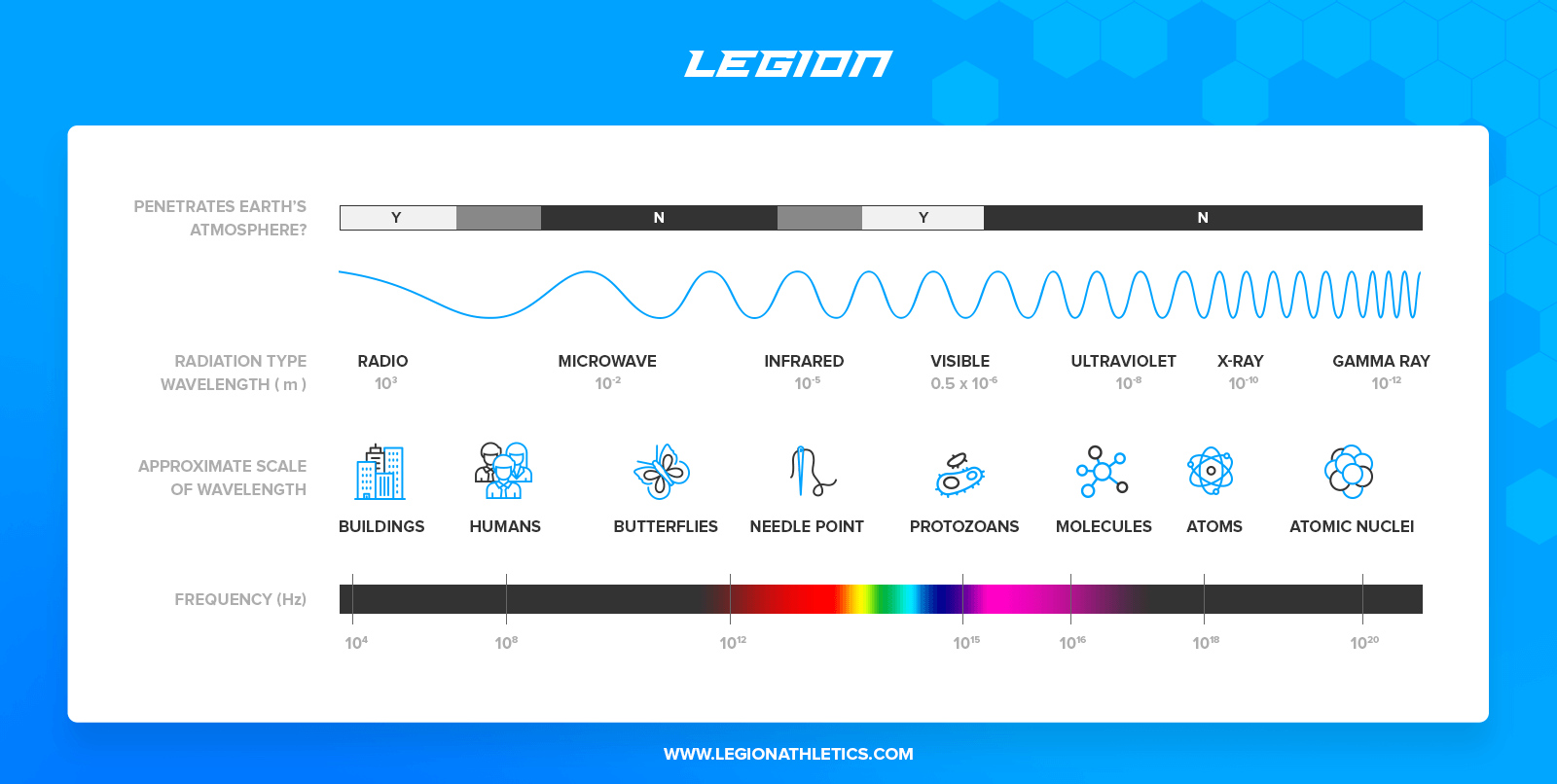
Using a standing desk is a great way to reduce belly fat. Sitting for long periods of times in an office chair has many health consequences, one being the accumulation of belly-fat. This type of sitting also leads to stress and can cause an individual to crave unhealthy food. The good news is that standing up from a desk can help combat stress and help you burn calories while at work.
Side effects of standing desks
Standing desks can be good for your health. Research has shown that prolonged sitting may increase the risk of cardiovascular disease, high blood sugar, and excess fat around one's waist. It can also increase your risk of Type II diabetes. According to one study, people who stood for at least 8 hours per day saw a reduction in their sitting time of around 20 minutes.
Good posture is essential when you use a standing desk. Your elbows should be aligned with your desk. Also, your computer screen should be in line with your eyes. You should also wear comfortable shoes and a cushioned mat to support your feet. Long hours of standing can cause muscle strain and aches.
Benefits of standing desks for weight loss
A standing desk can relieve back pain and improve circulation. It can also improve your mood and increase your productivity. Studies have shown that sitting for too long can lead to type 2 diabetes and heart disease. In fact, sitting for more than three hours a day increases your risk of dying early by 49%. According to the CDC a 30 minute stand at work per day can increase your lifespan by 2 years.

A standing desk increases calorie burn, by activating the muscles of the legs and core. Standing for four hours instead of eight hours a week will result in a five-fold increase in calories. The weight loss can be as high as ten kilograms if this is not enough.
Does a standing desk help you lose weight?
One of the main benefits of a standing desk is improved mood and mental health. Studies have shown that excessive sitting can lead to obesity, high blood pressure, and premature death. Studies show that prolonged sitting is linked to anxiety and depression. Low mood can make it more difficult to keep to a weight-loss plan and lead to excessive eating. These issues can be solved with standing desks.
Standing desks can also increase your metabolism rate. You can maintain your weight by burning more calories. Weight loss is about much more than just counting calories. Hormones are also key to fat burning.
Do standing desks burn more calories than sitting desks?
A standing desk burns more calories than a sitting one. It also helps with blood sugar control. It can be used in conjunction with good nutrition to help you lose weight, and improve your overall health. Studies have shown that sedentary living is linked to higher mortality rates and increased risk of developing certain diseases. A standing desk increases productivity.
A desk at work will help you burn more calories. This is especially true when combined with exercise. A study has shown that sitting at a desk can result in a person burning up to 350 calories per day. Standing requires more effort than sitting. This is why there has been an increase in activity. Standing also means that you need to stretch, adjust weight, and move around a lot more.

Do standing desks improve insulin sensitivity
Standing desks are a fast-growing trend in both the workplace and at home. These desks provide a way to break down long periods of sitting which can be detrimental to the body. These hours of sitting are linked to heart disease, diabetes, and even certain types of cancer. Also, standing desks can reduce back pain.
Standing desks are believed to increase longevity, according to researchers. One study that looked at 17,000 adults over 12 year found a relationship between sitting time (and mortality)
FAQ
What is the best exercise for weight loss?
There are many factors that influence the amount of exercise required to lose weight. These include your gender, age, body type and how heavy you are. However, the majority of people require at least 30 minutes of moderate exercise five days a week.
The American College of Sports Medicine recommends 150 mins of moderate-intensity aerobic exercise per week spread over three consecutive days.
For example, if your goal is to lose 10lbs, aim for 300 minutes of moderately intense exercise per week. You can do this by walking fast, swimming laps or biking, as well as playing tennis, golfing and hiking, or jogging, running or other similar activities.
Start out with 20 minutes of vigorous physical activity three times weekly if you're just getting started. These activities could include sprints and lifting weights.
Aerobic exercise is a great way to burn calories and build muscle mass. Muscles burn more calories than fat. So building muscle while losing weight may help you achieve your goal faster.
How often do people fast?
Most people who adhere to a ketogenic lifestyle fast only once per week. However, there are some who fast twice per week. Others fast three or more times per week.
The length of each fast varies too. Some people fast 24 hours, while others fast 48 hours.
Some people will even travel more than 72 hours. These extreme cases are rare.
Is intermittent fasting affecting my sleep quality?
Intermittent fasting is a good thing for your sleep. If you skip meals, your hunger hormones will increase. This can lead to you waking up early in the morning.
This is why most experts recommend skipping breakfast. Instead, experts recommend eating light snacks before bed.
If you are still hungry after your snack, you can eat a small dinner right before you go to bed.
Don't overeat. If you do this, you might gain weight instead of losing it.
What is the best exercise for busy individuals?
It is best to exercise at home. It doesn't take much to get fit. You can do simple exercises at-home without having to purchase expensive equipment.
All you need is a pair dumbbells, mat, chair, and a timer.
It is important to be consistent in your exercise routine. If you are absent for a few weeks, you could lose your motivation.
Start by lifting weights 3x per week. This could be squats and lunges as well push-ups, pull ups, pull-ups (dips, curls), etc.
Once you've mastered the basics, you can start to move on to other types of exercise such as running or jumping rope, skiing, yoga, Pilates and dancing.
Make sure you choose the right exercise program for your needs. For example, if you are working long hours, then you might want to avoid exercises that require too much energy.
If you're a night-owl, you might consider working out in the evenings rather than in early morning.
Pay attention to your body. Don't be afraid to stop when you get tired.
Statistics
- Another study found that 24 weeks of weight training led to a 9% increase in metabolic rate among men, which equated to burning approximately 140 more calories per day. (healthline.com)
- According to Harvard Health, it's estimated that a 155-pound (70-kg) person burns roughly 112 calories per 30 minutes of weight training (5). (healthline.com)
- One study in 9 active men found that HIIT burned 25–30% more calories per minute than other types of exercises, including weight training, cycling, and running on a treadmill (18Trusted Source (healthline.com)
- According to a study sponsored by the American Council on Exercise, a person weighing around 140 pounds (64 kg) would burn 108 calories at a 30-minute beginner's Pilates class or 168 calories at an advanced class of the same duration (26). (healthline.com)
External Links
How To
How to Intermittent Fasting
Intermittent Fasting is a method of dieting where you only eat one meal per week, typically Monday through Friday. This allows you to reduce your calorie intake and still get adequate nutrition. It is believed that this will help you burn fat quicker than if the meals are regular for the whole week.
The most common form IF is to reduce calories on specific days. This means you could skip breakfast every morning and still eat what you want the rest of the week. It is possible to choose to have three smaller meals each day, rather than two large.
There are many different forms of intermittent fasting, including alternate day fasting, 5/2 fasts, 8/4 fasts, 16/8 fasts, etc. Each form of intermittent fasting comes with its own pros and cons. Alternate day fasting, which doesn't require you to change your lifestyle, is the best way to get started. But, there are some people who find it hard to follow such a strict schedule. These people might prefer to try different methods.
Alternate-day fasting is a good option if you are looking to begin an intermittent fasting program. This will allow to slowly transition to more extreme fasting regimens without drastically changing your lifestyle.